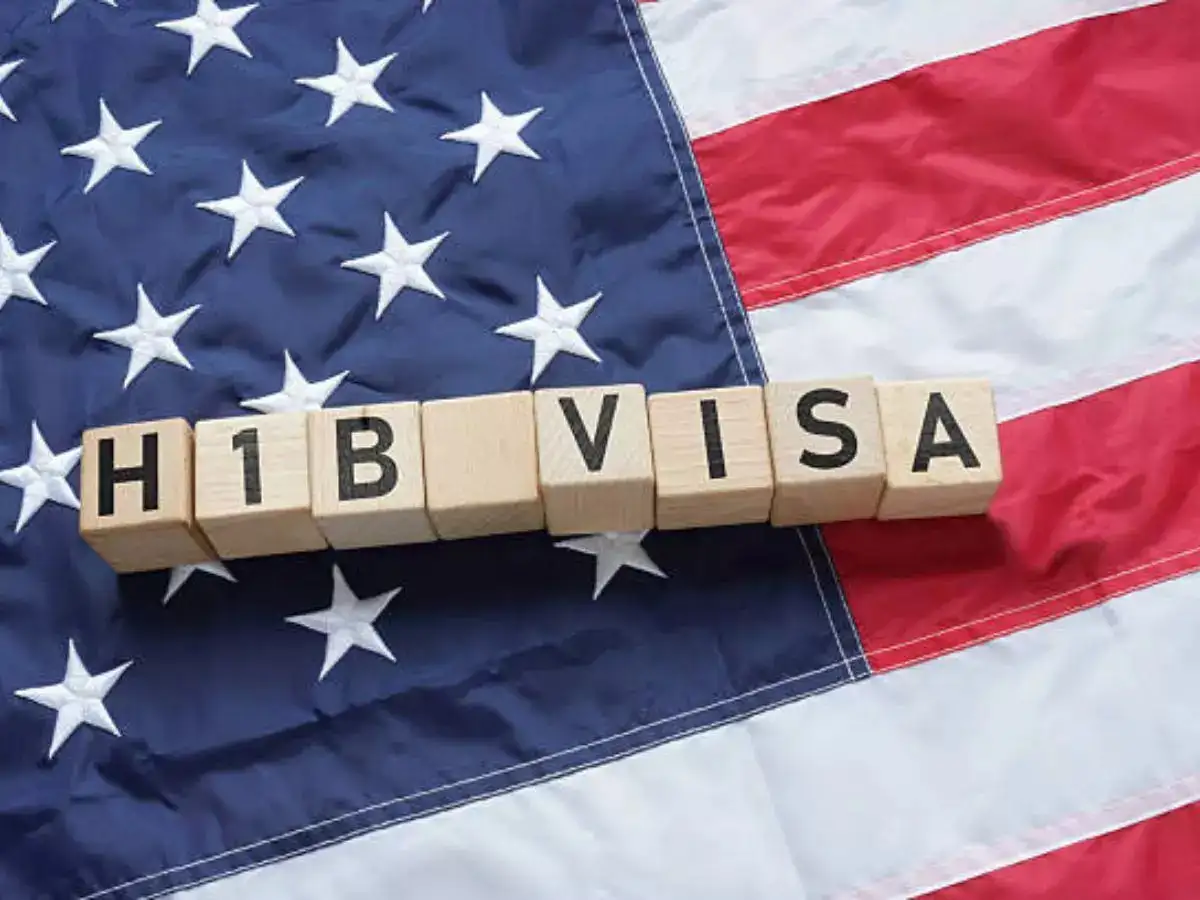New H-1B Visa Fee Could Cause Severe Teacher Shortages in US Schools
This significant increase in H-1B visa costs for educators could undermine the stability of US public education, leading to critical staffing gaps and diminished student learning opportunities nationwide.

Subscribe to our newsletter and stay informed about latest H1B news, policy updates and and other developments.
Article Summary
A proposed new H-1B visa fee of $100,000 for international teachers threatens to create severe staffing shortages in U.S. public schools, particularly in critical subjects like science, math, and special education. Districts from urban centers like Dallas to remote Alaskan communities heavily rely on these H-1B educators to fill persistent teaching gaps. The National Education Association and other groups have filed lawsuits challenging the fee, citing potential negative impacts on student learning and educational equity.
Original Article: timesofindia.indiatimes.com
[ Sentiment: negative | Tone: factual ]
This summary and analysis were generated by TheNewsPublisher's editorial AI. This content is for informational purposes only; it does not constitute legal or immigration advice.
[ Sentiment: negative | Tone: factual ]
This summary and analysis were generated by TheNewsPublisher's editorial AI. This content is for informational purposes only; it does not constitute legal or immigration advice.
TNP AI: Key Insights
For school districts, this exorbitant fee represents an existential threat to their ability to staff critical teaching positions, potentially forcing them to reduce course offerings or hire less qualified staff. For H-1B visa holders in education, it effectively closes a vital pathway to work in the U.S., exacerbating global competition for skilled educators.
Historically, H-1B sponsorship costs for teachers ranged from $3,000 to $20,000, making the proposed $100,000 fee an unprecedented and potentially prohibitive increase that could fundamentally alter the landscape of international teacher recruitment.
Beyond the immediate financial burden, this policy could lead to increased teacher burnout due to larger class sizes and fewer specialized resources, ultimately impacting the quality of education for millions of American students.
The ongoing legal challenges against this fee will be crucial, as their outcome will not only determine the future of international teachers in the U.S. but also set a precedent for potential fee structures across other H-1B reliant sectors.




